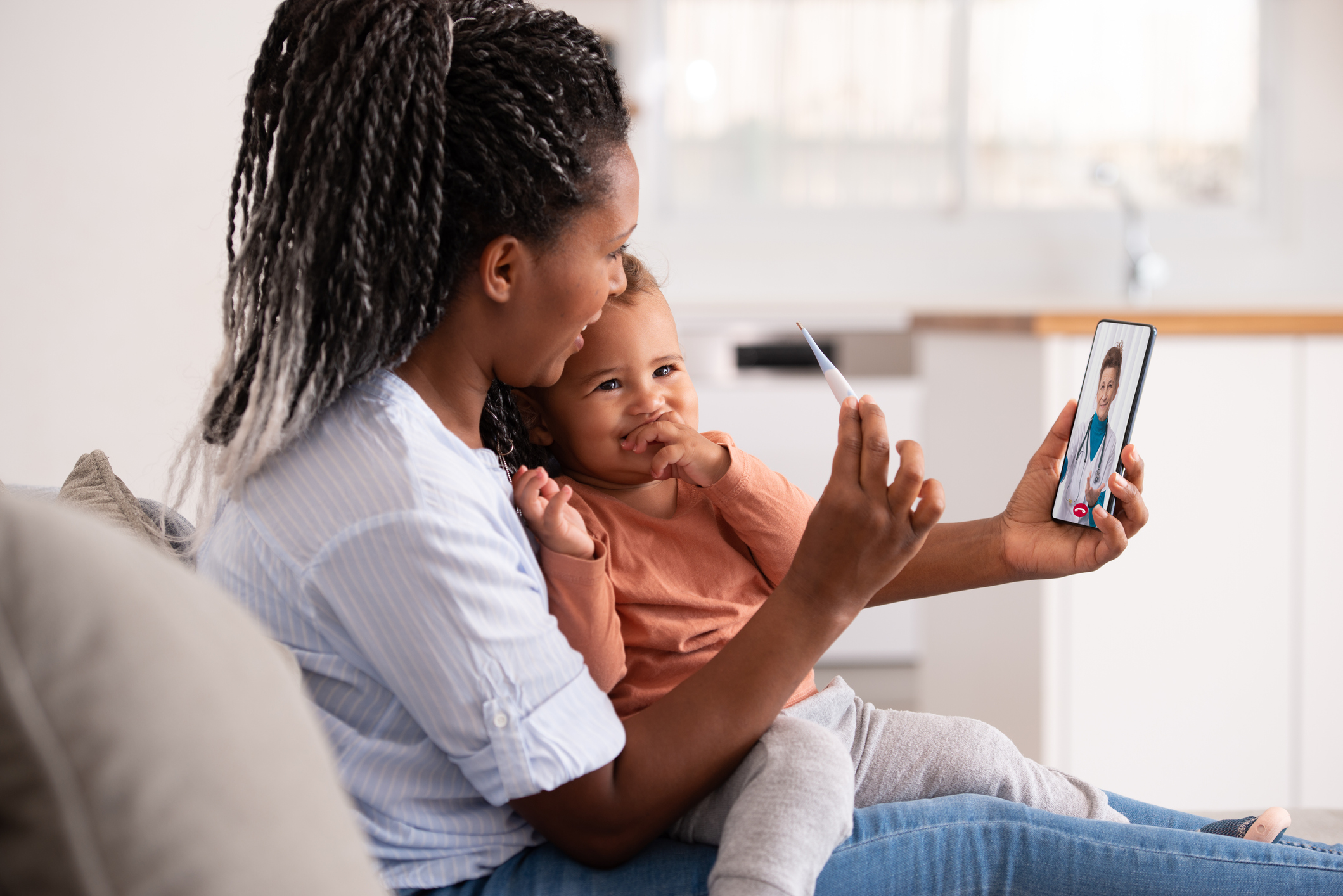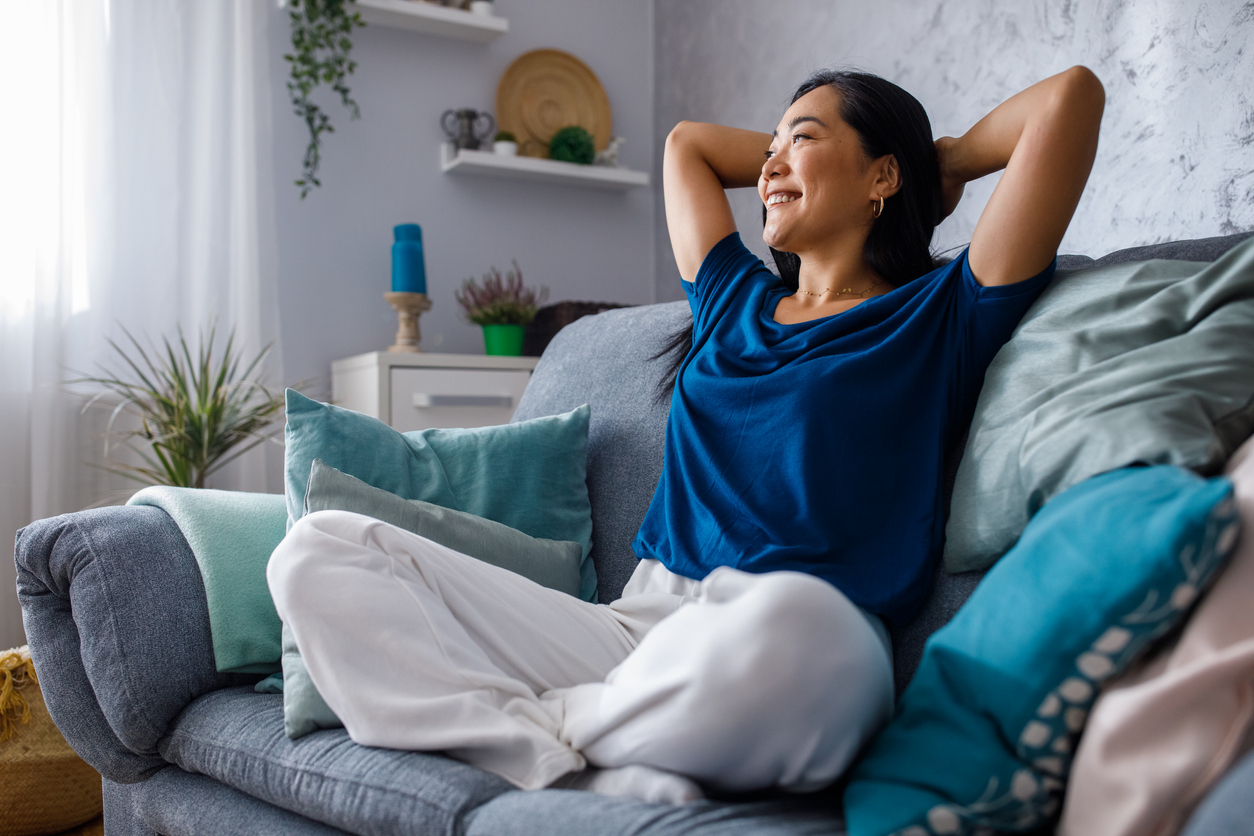For most of us, screens are part of our everyday lives — from sun-up to sundown. And as a freelancer, screens are part of your work and play.
You lie in bed scrolling through Instagram after your alarm goes off, using the glow of the screen to prevent you from falling back asleep.
In the morning, you likely check your emails in one hand while eating your cereal with the other. Then you settle in front of your computer screen for another 8+ hour day of freelance work.
Once that mid-day eyestrain hits, you’re probably thinking about eye protection and whether you should be investing in prescription or blue-light blocking glasses.
In 2020, 59 million Americans engaged in freelance work. And by 2027, the majority of the U.S. workforce could be freelancing.
If you’re like millions of your fellow freelancers who work long hours in front of a laptop, you’re at risk of bothersome eye strain, dry eyes, headaches, and difficulty sleeping.
Without eye protection, permanent vision damage could even be around the corner: Cases of nearsightedness in the U.S. have nearly doubled since 1971, with experts attributing some of the surges to increased screen time.
After a year looking through a screen — remote work, distance learning, Zoom happy hours, FaceTime calls — it’s even more important to know healthy ways to protect your eyes from screens.
Below are 6 ways you can protect your eyes as a freelancer so you can stay comfortable and successful while on the job for years to come.
1. Adjust Your Workspace
Sunlight can make a big difference in your vision quality — even while indoors.
Luckily there are simple and effective ways to protect your eyes from screens.
Experts at the Texas A&M Ergonomics Center recommend placing your monitor 90 degrees from a window to reduce glare. If the sun is behind your monitor, you’ll struggle with backlighting. If there’s a window directly behind you, you’ll likely experience increased glare.
Use ambient lighting to reduce the contrast between the glow of your screen and the room around you.
The height and depth of your monitor placement can also affect your vision.
The American Optometric Association (AOA) notes that people generally feel more comfortable looking downward than upward. AOA recommends your screen be 15 to 20 degrees below eye level (4-5 inches) as measured from the center of the screen and 20 to 28 inches from the eyes.
2. Blink, Blink, Blink
The University of Iowa reports that we blink 66% less while working on a computer, which can lead to eye dryness and burning.
Consider putting a post-it note on the corner of your screen that reads “Blink!,” or setting a timer on your phone to check in with yourself as you’re working.
3. Try Eye Palming
Palming is an exercise that can help refresh your eyes by using the palms of your hands. Rub your hands together or warm them under water, then cup your palms over your closed eyes and breathe slowly, relaxing your eyes and body for several breaths.
Dr. Sam Berne, who demonstrates the palming technique here, suggests repeating this practice 6 times a day for up to 5 minutes, or as often as you feel your eyes need to relax.
4. Take Frequent Breaks
Dr. Matthew Gardiner, an ophthalmologist with Massachusetts Eye and Ear Infirmary, recommends taking a one-minute screen break every 15 to 30 minutes: “Look away from the screen. Do something else, and refocus on a distant target.”
Another common refrain from experts is to adopt the 20/20/20 rule: Every 20 minutes, look at something 20 feet away for 20 seconds.
5. Consider Blue Light-Blocking Glasses or Anti-Glare Tools
Blue light is a part of the visual light spectrum that’s emitted from laptops, phones and TVs. This light might interfere with your sleep cycle, but the evidence is not yet clear as to whether it affects eye strain.
Dr. Asim V. Farooq, an ophthalmologist at UChicago Medicine, says “[the] science isn’t quite there, especially for the prevention of retinal disease.”
Dr. Farooq says that although they’re not harmful, research hasn’t proven the benefits of the glasses yet. They’ve “made no difference” for some of his patients, he says, while others “feel like they have less eye strain and eye fatigue.”
Rather than glasses, you might want to apply a matte screen filter on your computer screen or talk to your optometrist about anti-glare lenses.
6. See an Eye Care Professional
For those with healthy eyes and no vision issues, the AAO recommends an eye exam once in your twenties and twice in your thirties. If you have diabetes, high blood pressure, or a family history of eye disease, you may need more frequent check-ups to protect your eye health.
By age 40, the AAO advises that all adults have a complete eye exam to detect diseases early and to discuss whether one may need prescription glasses.
Keep Your Eyes on The Prize with myCallADoc
Freelancers often have unpredictable schedules. Back-to-back client calls, project meetings, expense tracking — it’s easy to keep putting off your health when your to-do list never zeroes out.
For just $28 a month — much cheaper than most telemedicine services — you and your family can see a doctor as often as you need. With or without an insurance plan, the low monthly membership price remains the same.
We know freelancing comes with uncertainties, so rest assured that you can cancel your membership at any time with no penalty.
After signing up, we’ll connect you via phone or video chat with a qualified doctor who can help diagnose common eye issues. Plus, myCallADoc members receive up to 80% savings on brand and generic prescriptions.
It really is as easy as it sounds to get quality care from home or on the go.
Get more details on our fast, affordable service >
Your eyes (and the rest of your body) will thank you.
This article is not intended as medical advice. Always check with your doctor before embarking on a new health and wellness plan.



